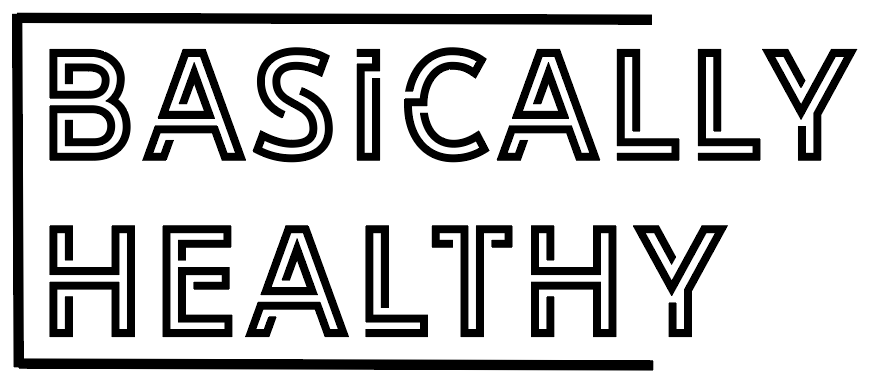
11 Aug Prebiotics- Should You Be Eating Them?
You probably already know about the importance of probiotics, but what do you know about prebiotics?
Probiotics are naturally occurring bacteria and yeast that are found in fermented foods such as yogurt, saurkraut, kombucha and kiefer. Probiots live in your gut biome playing an important role in helping you digest and absorb nutrients.
Probiotics, and the importance of a healthy gut biome, have been become part today’s standard narrative when people talk about holistic health. Just make a trip to your local farmers market, and you’ll see a shocking amount of people selling fermented foods, at even more shocking prices. Or you might be one of the nearly 3 million Americans that are spending money on probiotic supplements, making it the fastest growing supplement on the market.
But prebiotics are not as hot a topic as probiotics. They are far less glamorous since it’s basically a discussion on nondigestable foods, aka fiber. But all that gut microbia that you’ve been cultivating through expensive probiotics, or $10 jars of kimchi made in some hipster’s basement, needs to eat also. Prebiotics are certain types of nondigestable foods that allow the gut microbia to reproduce and stay healthy so they can keep doing the hard work of helping your body with digestion. Although prebiotics are nondigestable to humans, the macrobiotic in our guts loves the stuff and thrives off eating the rich fiber. Common prebiotic fibers include trans-galactooligosaccharide, inulin, resistant starch, and pectin.
Foods with a high amount of probiotics include:
|
Top 10 Foods Containing Prebiotics
|
|
|
Food
|
Prebiotic Fiber Content by Weight
|
|
85%
|
|
|
Raw, Dry Chicory Root
|
64.6%
|
|
Raw, Dry Jerusalem Artichoke
|
31.5%
|
|
Raw, Dry Dandelion Greens
|
24.3%
|
|
Raw, Dry Garlic
|
17.5%
|
|
Raw, Dry Leek
|
11.7%
|
|
Raw, Dry Onion
|
8.6%
|
|
Raw Asparagus
|
5%
|
|
Raw Wheat bran
|
5%
|
|
Whole Wheat flour, Cooked
|
4.8%
|
|
Raw Banana
|
1%
|
|
Source:[14]
|
|
The current recommendation is to get 5-8 grams of prebiotic fiber a day.
Realistically, you’re probably not going to consume many of these foods on a daily basis (sun choke’s nick name is farticoke). So what’s a gut-conscious person like yourself to do? Well you can go out and fill up on raw onions and leeks, or your could grab your wallet and stock up on prebiotic supplements, or you could just continue to eat as healthy as you can…
Although prebiotics are not a controversial topic in the healthy community (no one is going to debate if they are healthy), there is very little research that proves adding prebiotic rich foods will make any marked improvement on your health. Studies show that the best way to cultivate a healthy gut biome is to consistently eat healthy over a long period of time. So maybe don’t sweat if you didn’t get your daily serving of raw chicory root, and instead just focus on making sure this week’s dinner plans are full of veggies and some dense nutrient rich foods.


Pingback:Sunchoke Soup with Mushrooms | Basically Healthy
Posted at 12:07h, 05 January[…] flora and immune system. If you’re unfamiliar with probiotics, you can read my post on them here. Some people have stronger (read: farts) reactions to inulin, and not every sunchoke has the same […]